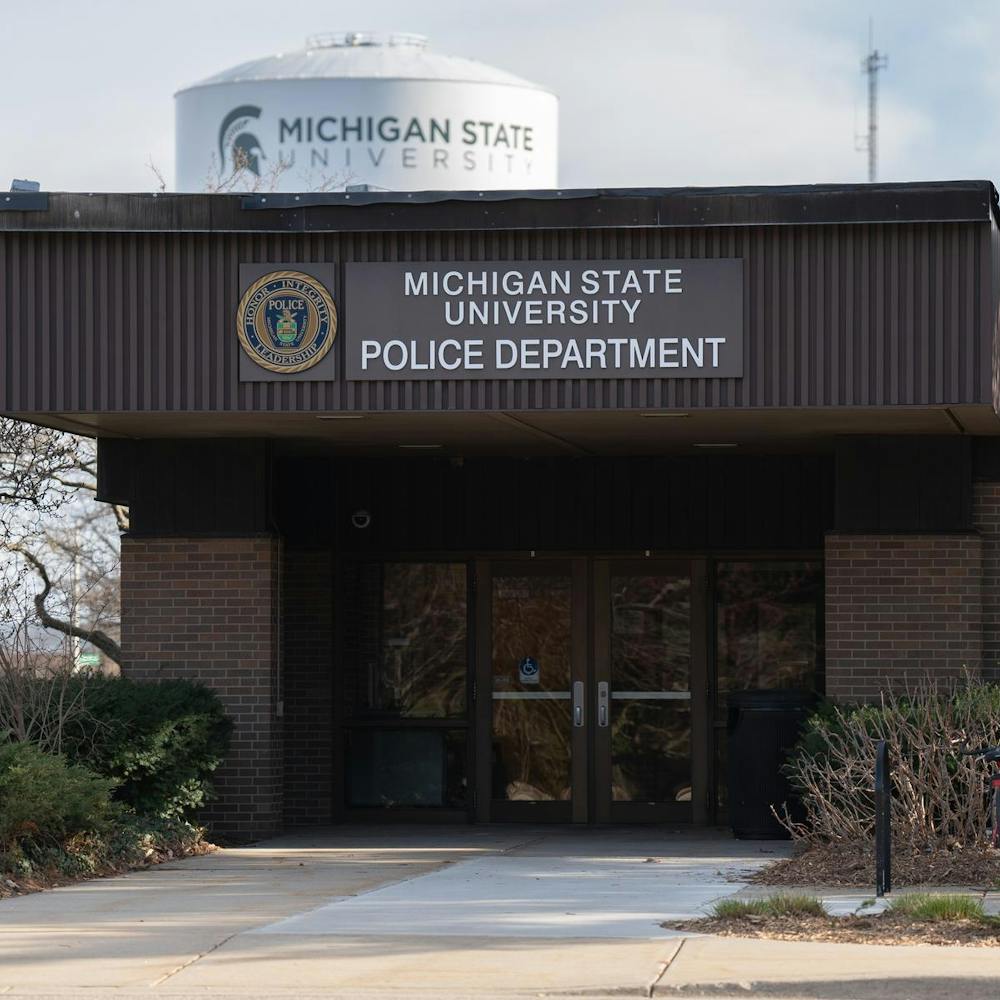The bald eagle, a familiar and popular symbol of American culture, is finding its way to Michigan.
A survey, which is part of the nongame fish and wildlife fund, is conducted every winter by the Michigan Department of Natural Resources to give officials some clue as to where bald eagles are staying during the winter.
The survey, conducted in January, reported a statewide count of 1,510 bald eagles, almost twice as many as the 782 reported last year.
Ray Rustem, supervisor for the natural heritage program with the DNR, said citizens who saw the bald eagle would report its location either on a Web site or by sending a postcard to the DNR. Rustem said the survey is not a true reflection of the number of birds, but more of location.
“The winter survey is used to show long-term trends,” he said. “Year to year it gives us an idea of important wintering sites.”
The bald eagle, which is no longer endangered, is still considered at risk, but officials hope to have the bird off the threatened species list in a year.
Dave Best, a fish and wildlife biologist with the U.S. Fish and Wildlife Service, said the number of bald eagles has gone up dramatically from the low point in the 1970s, when there were less than 100 bald eagles in Michigan.
“In 30 years we have tripled or quadrupled the numbers (of bald eagles) in Michigan,” he said. “They are basically reinvading their former homes.”
Best said about 90 percent of an bald eagle’s diet is fish, and with a cleanup in water quality, the bald eagles are coming back to Michigan to nest in the many lakes.
In the winter, bald eagles move around in order to find open water, but in the summer they nest in one place and raise their young. Michigan has close to 400 nesting pairs.
While bald eagles are more common in the Upper Peninsula and the northern part of the Lower Peninsula, there have been sightings in southern Michigan.
Rustem said there have been a nesting pair of bald eagles in St. Johns during the summer and the southern population is growing.
“Our population has been expanding,” he said. “And in southern Michigan, we have been seeing new nesting sites around the area for several years.”
Joe Johnson, chief wildlife biologist at the W.K. Kellogg Bird Sanctuary, said sightings of bald eagles have been more and more common since the state stopped using hazardous chemicals, such as DDTs and PCBs.
“It’s a species we can be proud of bringing back,” he said. “It was simply defending them against some environmental insults.”






